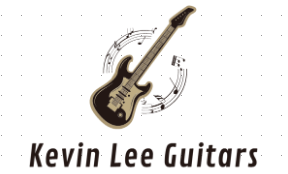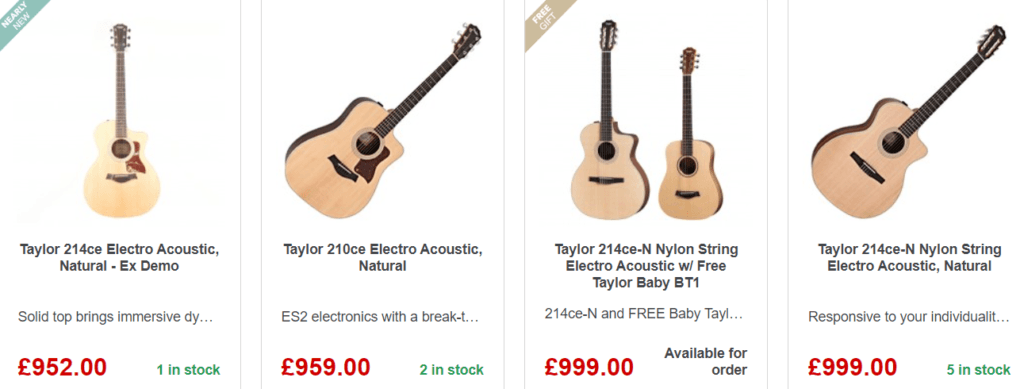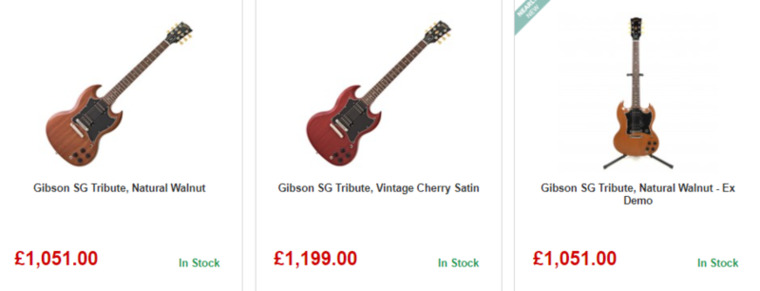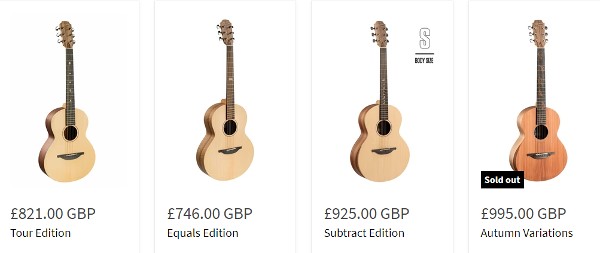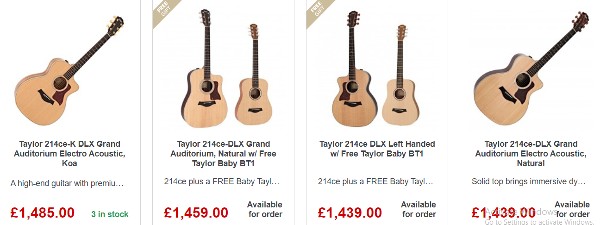The shape of a guitar neck, often referred to as the neck profile, plays a crucial role in a player’s comfort and performance. Different neck shapes can significantly influence how a guitar feels in your hands and how you play. Here’s a look at the most common guitar neck shapes and their respective pros and cons.

1. C-Shape (C-Profile)
The C-shape neck is one of the most popular neck profiles and is characterized by its rounded shape.
Pros:
- Comfortable for Most Players: The C-shape is often considered the most comfortable for a wide range of hand sizes and playing styles.
- Versatile: It works well for various genres, from blues to rock to jazz.
Cons:
- Not Specialized: While it’s versatile, it might not provide the specialized comfort that some players seek for specific styles or techniques.
2. U-Shape (U-Profile)
The U-shape neck, sometimes called the “baseball bat” shape, has a more pronounced curve compared to the C-shape.
Pros:
- Supportive for Large Hands: The thicker profile offers more support, making it comfortable for players with larger hands.
- Vintage Appeal: Commonly found on vintage instruments, appealing to players who prefer a classic feel.
Cons:
- Bulky: Can be cumbersome for players with smaller hands or those who prefer faster playing styles.
3. V-Shape (V-Profile)
The V-shape neck comes in two variants: soft V and hard V. The V-profile is distinguished by its pointed shape.
Pros:
- Thumb Over the Neck: Ideal for players who like to place their thumb over the neck, often used in blues and rock.
- Distinct Feel: Provides a unique feel that some players find very comfortable for specific techniques.
Cons:
- Polarizing: The pointed shape can be uncomfortable for some players, particularly those with smaller hands.
- Less Common: Not as widely available, which can limit choices.
4. D-Shape (D-Profile)
The D-shape neck is flatter on the back, creating a profile that’s somewhat between a U and a C.
Pros:
- Modern Playability: Often found on modern guitars, designed for speed and comfort.
- Flat Back: Provides a good thumb rest, ideal for players who need to move their thumb quickly up and down the neck.
Cons:
- Lacks Vintage Feel: Might not appeal to players looking for a traditional or vintage guitar feel.
- Specific Use: More suited for shredding and fast playing, less versatile across genres.
5. Asymmetrical Shape
Asymmetrical necks have a varying thickness, being thicker on the bass side and thinner on the treble side.
Pros:
- Ergonomic: Designed to fit the natural shape of your hand, reducing fatigue.
- Versatile: Offers a balance between comfort and speed, suitable for various playing styles.
Cons:
- Uncommon: Less common than symmetrical profiles, which might limit options.
- Adjustment Period: Can take some time to get used to, especially for players accustomed to symmetrical necks.
6. Flat and Thin Necks
Often found on modern electric guitars, particularly those designed for shredding.
Pros:
- Speed: Ideal for fast playing and technical solos.
- Ease of Access: Easier to navigate higher frets.
Cons:
- Comfort: Can be uncomfortable for players with larger hands or those who prefer a more substantial grip.
- Sound Quality: Thinner necks can sometimes lack the resonance and sustain of thicker necks.
Conclusion
Choosing the right guitar neck shape is a highly personal decision that depends on your hand size, playing style, and comfort preferences. It’s essential to try out different neck profiles to find the one that suits you best. Whether you prefer the classic feel of a C-shape or the modern playability of a flat and thin neck, understanding the pros and cons of each shape can help you make an informed decision and enhance your playing experience.
